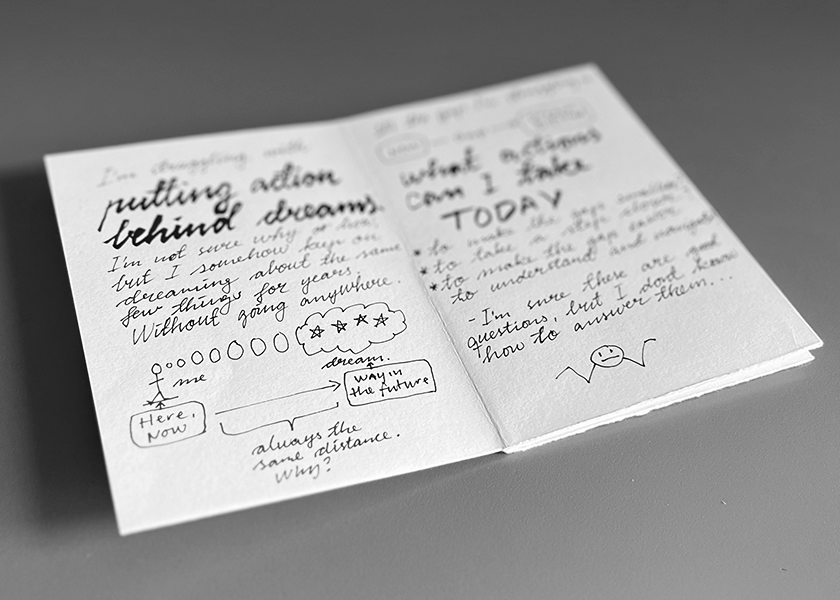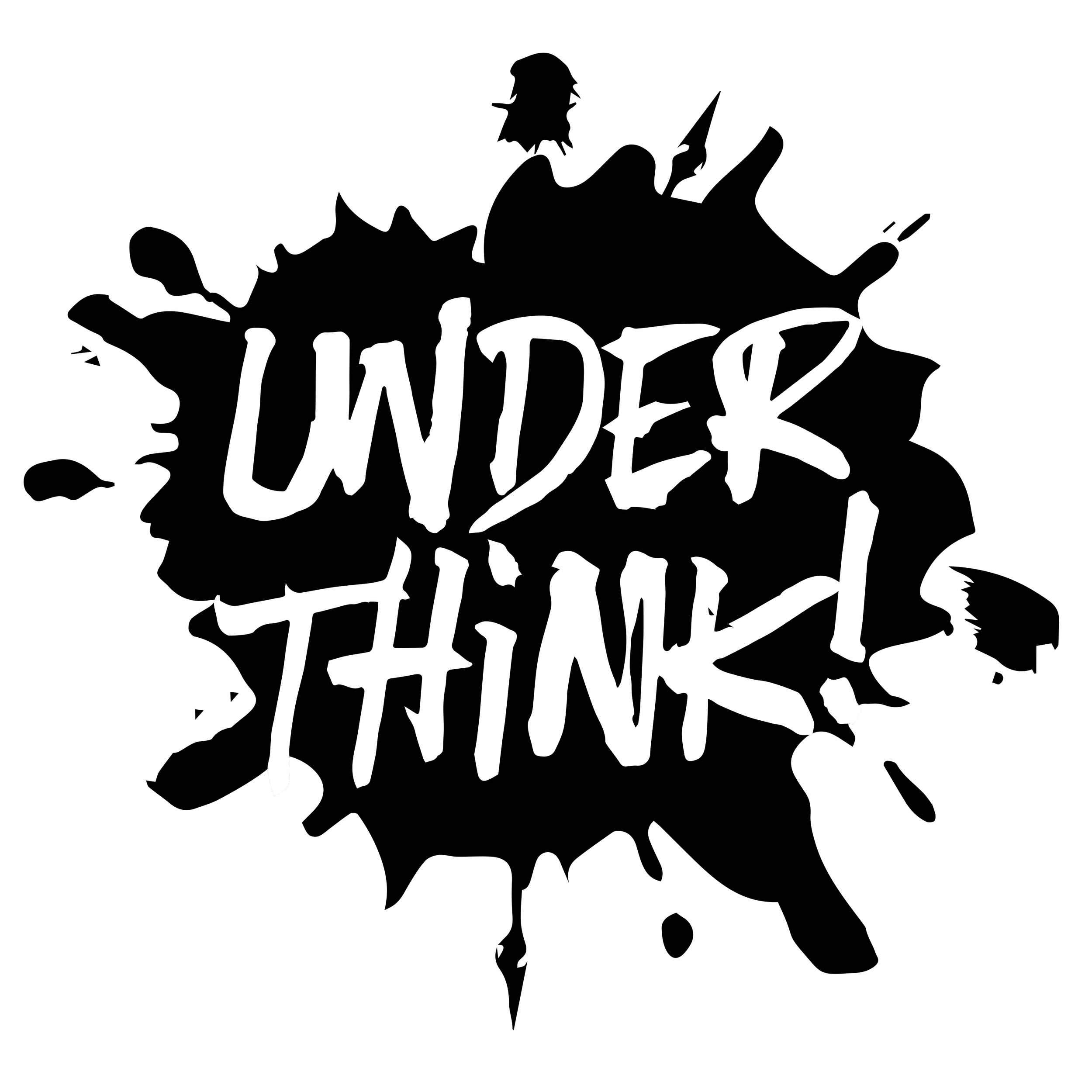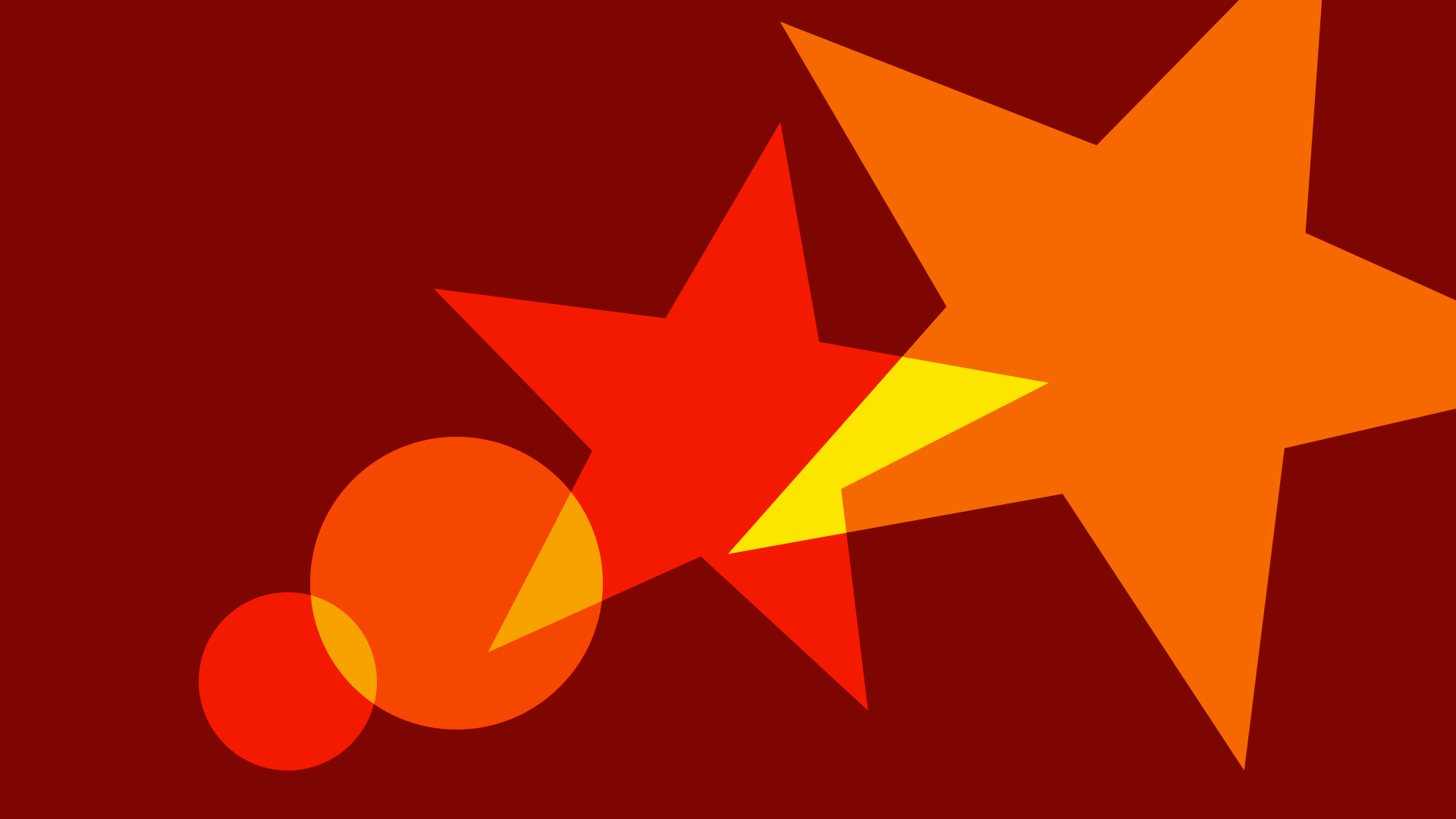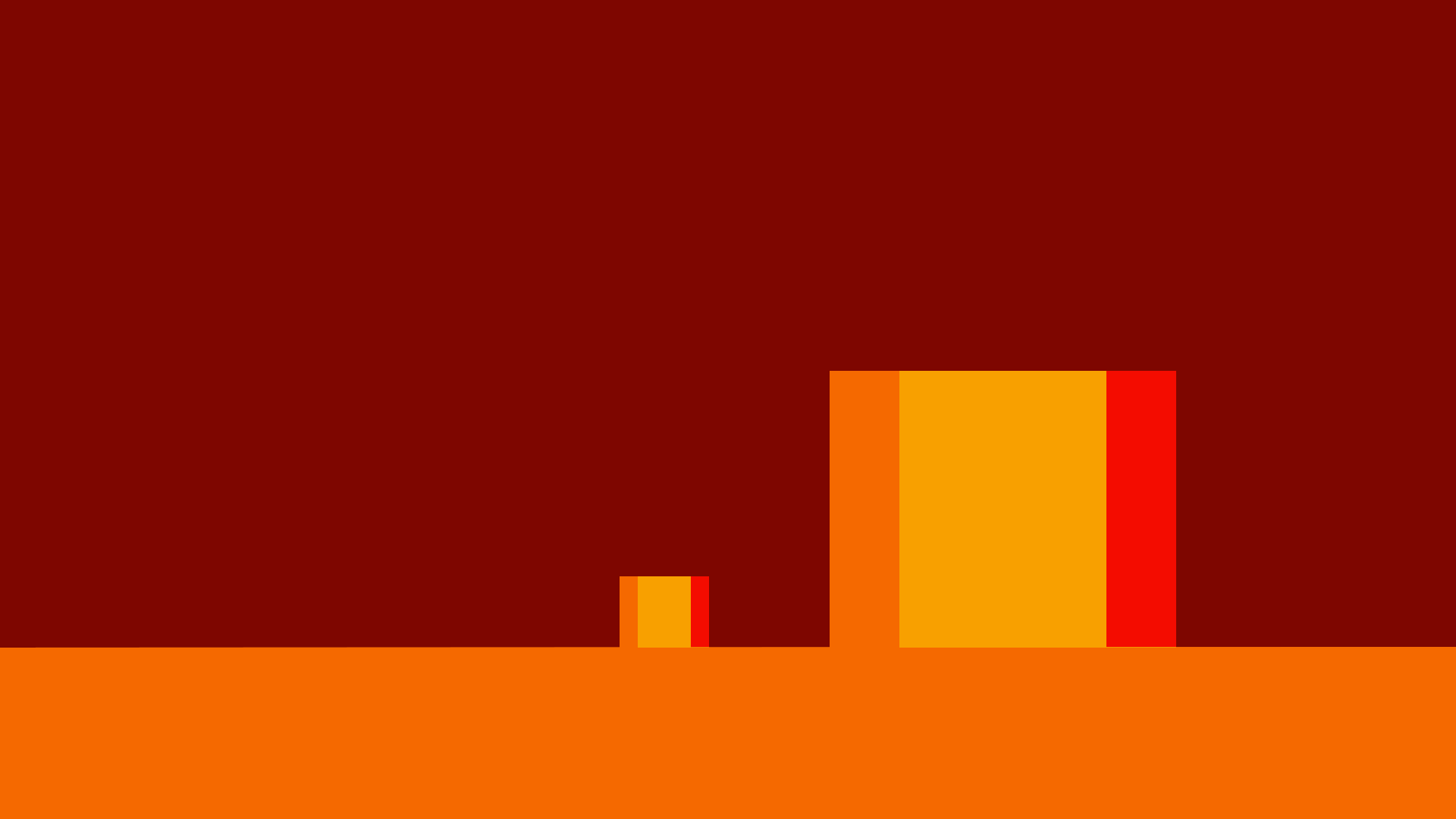Missing bits of information and small misunderstandings lead to the big misunderstanding; Knowing how to read is a prerequisite for starting in school.
When my youngest cousin was about to first start in school, his mood was getting worse as the first day of school approached. At five years old it seemed like quite a mouthful to trade the cozy and familiar kindergarten in for a full blown public school reality.
Even though the public school was a fairly small one, and he already knew lots of the kids he’d be joining, it was getting clear that he felt more and more anxious about the whole thing.
One day, as his mom casually tried to approach the subject, and to defuse the fear of the unknown, he couldn’t keep it tied up inside anymore.
“But, mom, I don’t know how to read!” he cried. “How can I go to school if I don’t know how to read yet?”
Where did he get that idea from?
There is probably no specific answer to that. Rather it’s a range of missing bits of information and small misunderstandings that lead to the big misunderstanding; Knowing how to read is a prerequisite for starting in school.
My five year old cousin had through unfortunate circumstances established a self-imposed false expectation that was partially hidden for himself and his surroundings up until the point where it revealed itself as anxiety and tears, and he finally expressed it. He had in a way overthought what school meant, painted himself into a corner from where no escape seemed possible. The only escape–fortunately a good one–was to burst into tears and tell his mom.
Imagine the relief my cousin must have felt when he realised that school is in fact for learning how to read, and that kids–all the other kids too–are supposed to start from scratch on the first day.
Self-imposed hidden expectations are perfect for inducing anxiety and killing good ideas, action and energy in the cradle. Like a five year old we hold misunderstood and hidden expectations of how and what we should and ought to be and do. Positive and negative, both kinds potentially severely limiting our mental range of motion.
Worrying is imagination wasted they say. So is fantasizing about how amazing the not yet started artwork will be when it’s completed. Both perspectives are crippling. Worrying leads to anxiety, anxiety eats the soul. Fantasizing builds unrealistic and unachievable goals, and sets the soul up to failure.
The creative mind vividly imagines the future. It imagines future realities, works, outputs and outcomes. That ability is your strength as a creative person and—if not careful—your potential downfall.
The more vivid the vision, the more ambitious the goal, the higher the expectations, the larger the gap between desired and expected outcome and what we are actually able to produce. What we produce does not compare to what we imagine before we start. Our limited ability does not deliver the desired outcome so vividly imagined.
We become frustrated with the process and disappointed with our results. We feel self-conscious and embarrassed by our failure to deliver on our own expectations and the expectations we believe others will have to us.
Worst case we quit new things before we get any good.
The challenge with expectations is that they tend to (often secretly) evolve along with one's skill level and results. The expectations of my cousin as a five year old first grader were naturally very different as he grew up and became a sought-after bricklayer.
As we do creative work, as we learn and practice, we need to actively manage our self imposed expectations and make sure that they still benefit and support us, and that they point the direction that we intend to go.
I’ll end with another lesson taught to me by kids.
My two four year olds (yes, twins) were playing on the living room floor. I was zoning out and wasn’t paying attention to what they were doing.
“I can do it!” she yelled, fed up with her brother’s repeated attempts to show her how to. “I just can’t do it yet!” she added.
Basically: “Back off, I can do this, if you let me figure it out!”
To me that’s a perfect example of picking meaningful and fair expectations of oneself.
“I expect myself to be able to do this thing that I’m trying to learn. I know and fully accept that I can’t do it yet, but I firmly believe that I will be able to some time in the future. If only I practice.“
Examine the expectations that you feel family, friends, people, job and society have of you. Which ones are real? Which ones only exist within you? Most importantly; which expectations are aligned with your personal values and your dreams?
Cherry pick expectations that make sense for you. Pick meaningful and beneficial expectations for yourself. Don’t measure yourself by someone else’s ruler.
And cut yourself some slack. Pressure doesn’t work.




































